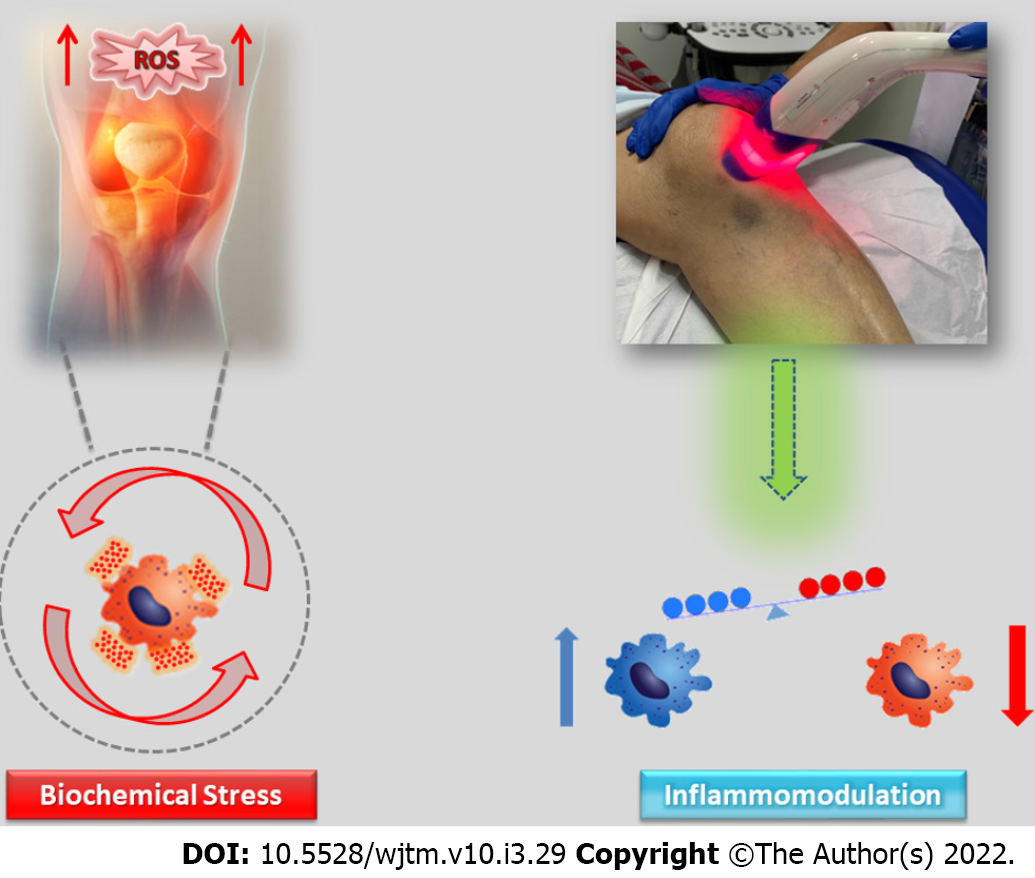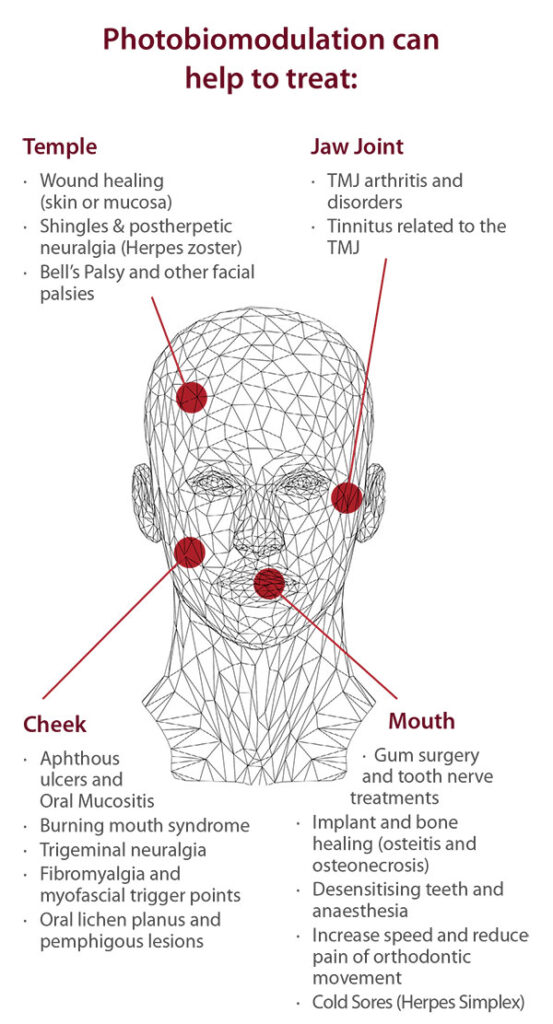Unknown Facts About Photobiomodulation
Wiki Article
Not known Facts About Photobiomodulation
Table of ContentsHow Photobiomodulation can Save You Time, Stress, and Money.A Biased View of PhotobiomodulationRumored Buzz on PhotobiomodulationThe smart Trick of Photobiomodulation That Nobody is Talking About
Laser therapy is a medical therapy that uses concentrated light to boost a procedure called. Throughout PBM, photons go into the tissue and engage with the cytochrome c complicated within mitochondria. This interaction activates a biological cascade of events that results in a boost in mobile metabolic rate, which can as well as accelerate the healing process.There is agreement that the application of a therapeutic dosage of light to impaired or dysfunctional tissue brings about a mobile action mediated by mitochondrial systems. Photobiomodulation. Studies have shown that these adjustments can affect pain and swelling, along with, tissue repair service
Modifications in ATP, reactive oxygen varieties and nitric oxide adhere to light absorption by Cc, O. These effects are redox state and dose reliant. In hypoxic or otherwise stressed out cells it has been shown often times that adhering to, nitric oxide is released, ATP is increased and oxidative tension is decreased [27-31]

The Basic Principles Of Photobiomodulation
PBM gadgets have been gotten rid of for marketing by FDA with the Premarket Notification/510( k) process as adjunctive tools for the short-lived alleviation of discomfort. These clearances were based on the discussion of professional information to sustain such insurance claims (Photobiomodulation). In this treatment, a light source is put near or touching the skin, allowing the light power (photons) to penetrate tissue where it interacts with chromophores found in cells leading to photophysical and photochemical adjustments that result in alterations at the molecular, cellular and tissue levels of the bodySurprisingly, recent study shows that light can improve performance in regular cells and cells. The prospective applications of PBMT are countless and are being checked out experimentally at the fundamental science, pre-clinical and professional degree. The present scientific uses are for the relief of discomfort and swelling and the treatment of sports injuries.

The treatment specifications and number of sessions Extra resources required for PBMT are reliant upon area and cause. PBMT normally requires greater than one treatment for optimal discomfort relief. It might take a number of therapies for the results to come to be obvious. records that it can take anywhere from 8 to 30 sessions for a treatment to be completely reliable, and some clients look at this website locate it necessary to go through treatment two to four times weekly.
Photobiomodulation for Dummies
Therapy parameters for PBMT were initially established making use of cells in vitro and in little animal versions. These treatment parameters typically had a low irradiance and fluence and worked well for cutaneous applications. When clinicians began to utilize PBMT to treat structures that were located deeper in the body, they used these parameters with unfavorable outcomes.
We now understand that these adverse research studies was because of inaccurate gadget and treatment specifications for transcutaneous treatment of deeper frameworks. Recent breakthroughs in laser therapy tools and more research into the suitable dosages have significantly enhanced the results of PBMT. For treating deep cells, the wavelength of light utilized figures out the deepness of infiltration into a cells.
It is essential that a clinician uses the appropriate wavelength of light and parameters to treat a condition. One wavelength and one collection of treatment parameters will not be efficient for all problems. Unfavorable adverse effects have actually not been reported from using PBMT (Photobiomodulation). Updated June 27, 2016Juanita j
Light treatment is a non-invasive treatment that functions by raising the capacity of the cell to produce power (ATP) to recover the location being treated. Therefore, it can decrease swelling, swelling, and pain in the location. Study in this location is broadening, with even more extensive study documents linked below for her explanation those that want to discover more.
The Photobiomodulation Diaries
In the initial experiment, Dr. Endre Mester, utilized cut rats and observing exactly how the laser affected their ability to expand hair compared to the team that was not getting LLLT. He found that the group of computer mice receiving LLLT were able to grow their hair back faster than the group of computer mice that really did not get LLLT (Hoon C, et al; 2012).This therapy is described this way to differentiate the difference between the lasers some occupations make use of to cut (eg. Low-level light treatment is painless, non-invasive therapy.
LLLT has a biphasic feedback, indicating that reduced dosages are typically attended be a lot more valuable than higher doses. That being said, doses greater or reduced than the ideal dosage does not influence (Hoon C, et al; 2012). For this reason, it can be difficult to have researches on LLLT with so lots of specifications.
Some firms integrated both (LED and laser) to supply a much more well-shaped therapy since lasers can penetrate much deeper than LED and infrared light (Norman Doidge, The Brain's Way of Recovery, 2015). Throughout therapy, the location that is being dealt with is revealed to LED light from a Biography, Flex Laser, which is at 660 nm wavelength, complied with by infrared light at 830-840 nm wavelength.
Report this wiki page